Choosing the right 3D printed materials for a 3D printing project is arguably the most critical step. Depending on what is chosen, it can truly make or break a project when it comes to achieving that perfect balance of durability, cost-effectiveness, and performance.
When choosing a material, it’s important to consider the following:
- Mechanical strength and flexibility: Does this project require the ability to withstand heavy weight or high impact? Does it have to bend or stretch, and can it do so without breaking?
- Chemical and water resistant: Will your project be exposed to chemicals, fuels, or oils? Will it be in humid or damp conditions, and be subjected to high levels of moisture?
- Environmental factors and sustainability: Is the material made from renewed sources? What is the environmental impact and what kind of footprint does it leave behind?
All of these properties come into play when designing a project. However, selecting the perfect 3D printed materials for a project can be daunting given the diverse range of materials available. Whether you’re designing prostheses, functional prototypes, or custom automotive parts, understanding the key properties of the materials and their applications can help designers make the best informed decision for their project.
At ABCorp 3D, we make it easier for our clients by only working with state-of-the-art 3D printers like HP Multi Jet Fusion printers, along with the best 3D printed materials, such as HP 3D HR PA12 (otherwise known as Nylon PA12), HP 3D HR PA11, HP 3D Polypropylene, Ultrasint TPU01, and Metal (17-4PH Steel). Let’s learn more about each of these materials.
HP 3D HR PA12 (Nylon PA12)
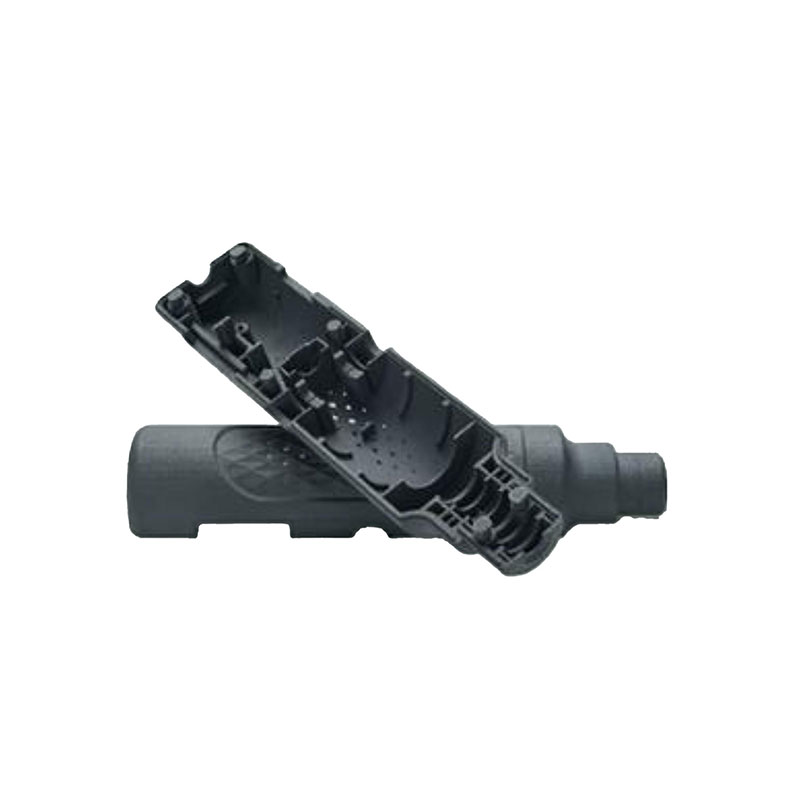 HP 3D HR PA12, or Nylon PA12, is a thermoplastic polymer that is ideal for complex assemblies, such as housing, enclosures, and watertight applications due to its high tensile strength and impact resistance. This material is chemical resistant to oils, greases, and has low moisture absorption, making it able to withstand humid and damp conditions.
HP 3D HR PA12, or Nylon PA12, is a thermoplastic polymer that is ideal for complex assemblies, such as housing, enclosures, and watertight applications due to its high tensile strength and impact resistance. This material is chemical resistant to oils, greases, and has low moisture absorption, making it able to withstand humid and damp conditions.
A major selling point for Nylon PA12 is that it has a high powder reusability, with 80% of unused powder being recyclable, making it a cost-effective and environmentally-conscious material.
Due to its diverse range of properties, Nylon PA12 is used across industries such as the medical, automotive, and both industrial and consumer goods. For more information on Nylon PA12, you can read our guide on its design specifications and properties here.
HP 3D HR PA11
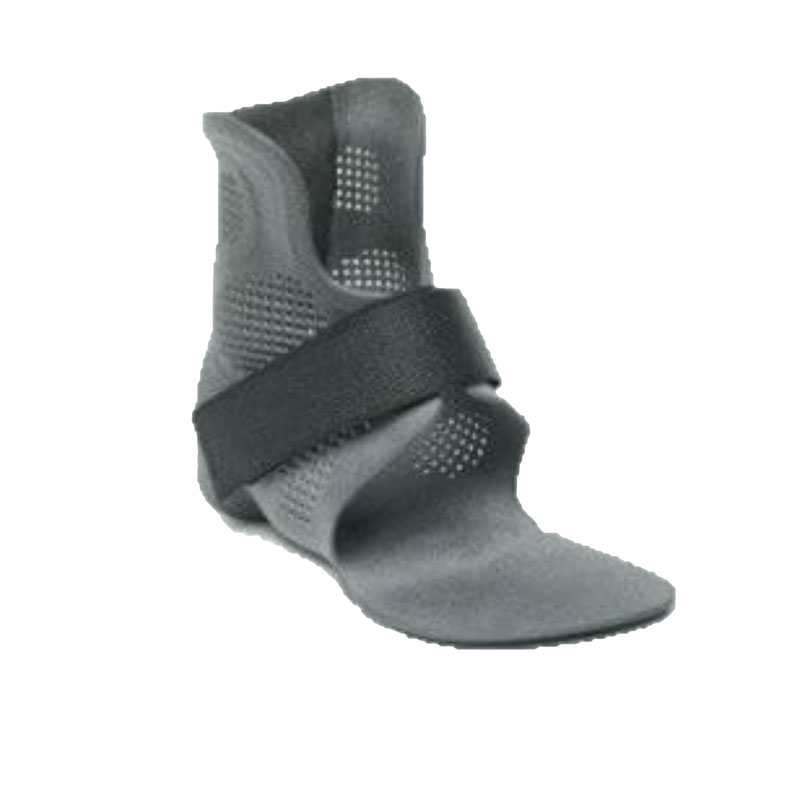 HP 3D HR PA11 is a bio-based thermoplastic polymer that was designed for the production of functional and final parts across various industries, such as healthcare and industrial goods, providing designers with the perfect balance between performance and reusability.
HP 3D HR PA11 is a bio-based thermoplastic polymer that was designed for the production of functional and final parts across various industries, such as healthcare and industrial goods, providing designers with the perfect balance between performance and reusability.
PA11 provides great chemical and impact resistance, making it ideal for prosthesis, insoles, sports goods, and other high impact and ductility-friendly purposes. Similarly to Nylon PA12, PA11 has a 70% surplus powder reusability and is created with renewable raw material from vegetable castor oil, making it an ideal environmentally-conscious option.
For a more in-depth overview of PA11 and its capabilities, you can read our guide here.
HP 3D Polypropylene
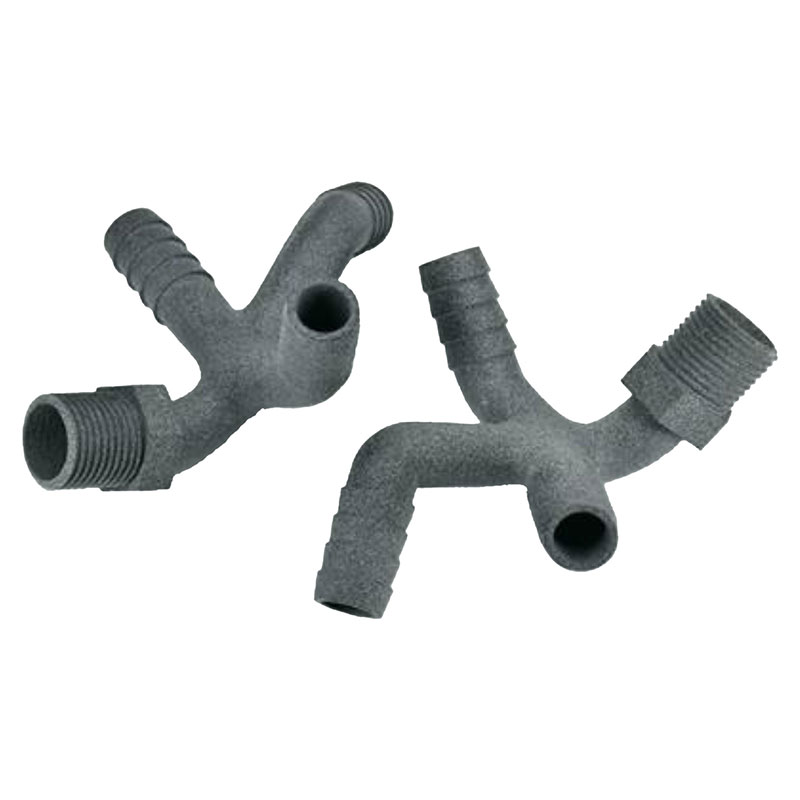 HP 3D Polypropylene is a thermoplastic polymer that is known for its high productivity while minimizing waste. With the ability to reuse up to 100% of its unused powder, it is able to dramatically reduce its environmental footprint. Its chemical resistance, low-moisture absorption, and long-term durability combine to make it ideal for a diverse range of industries, from medical and automotive, to industrial goods like piping and fluid systems.
HP 3D Polypropylene is a thermoplastic polymer that is known for its high productivity while minimizing waste. With the ability to reuse up to 100% of its unused powder, it is able to dramatically reduce its environmental footprint. Its chemical resistance, low-moisture absorption, and long-term durability combine to make it ideal for a diverse range of industries, from medical and automotive, to industrial goods like piping and fluid systems.
What sets HP 3D Polypropylene apart from other materials is that it has excellent welding capabilities when matched with other PP parts that are produced with injection molding, making it a truly versatile and durable material.
For a more comprehensive overview of HP 3D Polypropylene, you can read our design and information guide.
BASF UltrasintⓇ TPU01
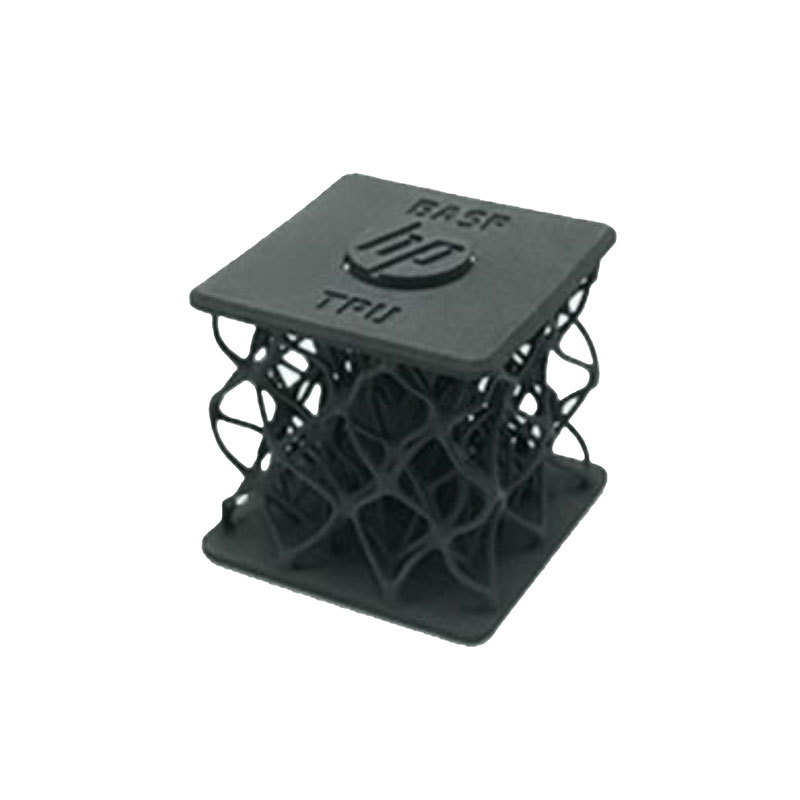 BASF UltrasintⓇ TPU01 is a thermoplastic polyurethane (TPU) elastomer, which means it has high elasticity with superb elongation at break, providing projects with both flexibility and resilience. It is abrasion resistant and flexible, making it ideal for parts that are subjected to frequent friction, fatigue, and shock absorption. These parts can range anywhere from sports protection equipment, footwear and orthopedic models, to car interior components and other industrial components that rely on elasticity and durability.
BASF UltrasintⓇ TPU01 is a thermoplastic polyurethane (TPU) elastomer, which means it has high elasticity with superb elongation at break, providing projects with both flexibility and resilience. It is abrasion resistant and flexible, making it ideal for parts that are subjected to frequent friction, fatigue, and shock absorption. These parts can range anywhere from sports protection equipment, footwear and orthopedic models, to car interior components and other industrial components that rely on elasticity and durability.
Metal (17-4PH Steel)

Metal (17-4PH Steel) is a precipitation hardening stainless steel, which essentially means that it gets stronger when certain elements are added then heated. It belongs to a group of steels known as martensitic, meaning that it has a specific crystal structure that provides it with high tensile strength and hardness, excellent durability, and wear-resistance properties.
Metal (17-4PH Steel) is known for its strong resistance to corrosion and heat, making it an ideal choice for the aerospace, automotive, and industrial industries.
Conclusion

When selecting a material for your next 3D printed project, it’s crucial that the desired performance and purpose of the project be weighed against the material’s properties and capabilities to ensure its performance. By considering the environment the project will be in, its intended uses, the stressors it will face, and the strengths and weaknesses of the materials, designers can make the best informed decision that is functional, durable, and cost-effective.
At ABCorp 3D, we regularly print on all of these materials, making us the quintessential choice for quality parts and prototypes requiring these materials.
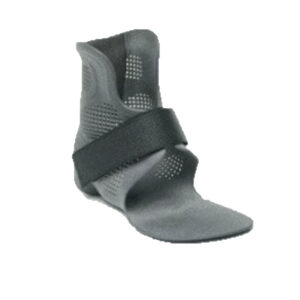 HP 3D HR PA11 is ideal for producing strong, ductile, functional 3D printed parts.
HP 3D HR PA11 is ideal for producing strong, ductile, functional 3D printed parts.